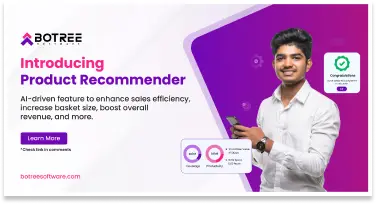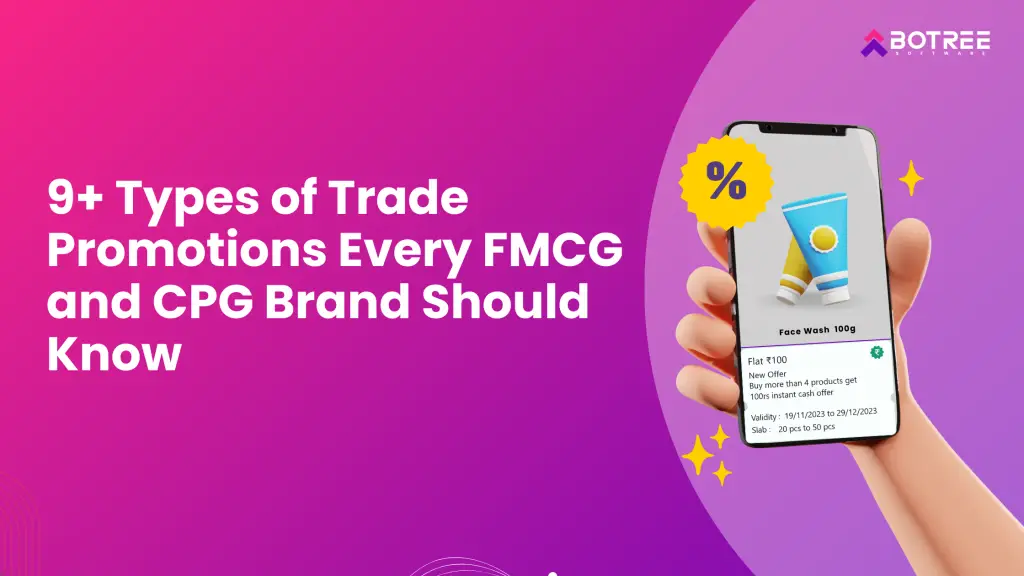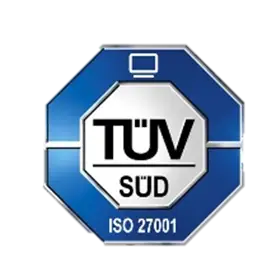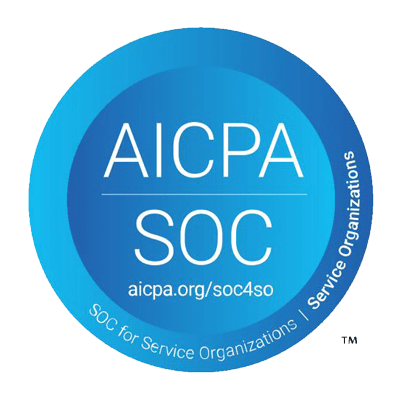8. Liquidation
Liquidation Scheme is a strategic tactic used by FMCG companies to clear out excess or slow-moving inventory by offering significant discounts or other incentives to retailers and distributors. This approach is particularly useful for managing stock nearing its expiration date.
By offering attractive deals, companies can;
- Recover costs and minimize potential losses from unsold inventory
- Maintain a healthy inventory turnover rate
9. Free Goods and Sampling
The Free Goods and Sampling Scheme is a powerful trade promotion strategy where companies provide free products as part of bulk purchases or offer samples to introduce new products. This approach is designed to entice retailers and distributors to increase orders and familiarize customers with the brand’s offerings.
Benefits?
- Increased product visibility
- Better adoption of new launches
- Higher likelihood of repeat purchases as consumers and retailers become familiar with the product.
- Boosts customer engagement by creating a positive first impression through free samples.
10. Seasonal Promotions
Seasonal Promotions are a highly effective trade promotion strategy used by FMCG companies to capitalize on specific times of the year when consumer demand for certain products naturally increases. These promotions align with seasonal trends, holidays, or events, enabling companies to boost sales and maximize revenue during peak periods.
Benefits?
Seasonal promotions are successful because they:
- Align with natural consumer buying patterns and peak demand periods.
- Provide an opportunity to clear inventory of seasonal products.
- Enhance brand relevance by associating products with specific seasons or events.
For example, confectionery companies often launch special packs during festivals, while winter clothing brands roll out exclusive discounts during the colder months.
By implementing Seasonal Promotions, businesses can create urgency, strengthen customer relationships, and make the most of high-demand periods. This strategy not only increases sales but also reinforces the company’s ability to cater to evolving consumer needs.
Key Takeaways
Trade promotions are a cornerstone of success in the FMCG and CPG sectors. By adopting the right mix of strategies, brands can drive demand, foster stronger relationships with channel partners, and ultimately achieve sustainable growth.
However, the successful implementation of these strategies hinges on communication and having the right tools to manage and optimize trade promotions.








